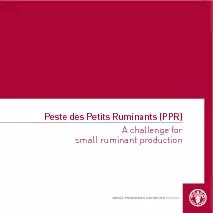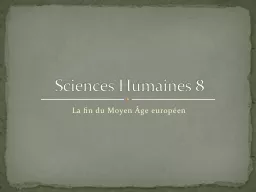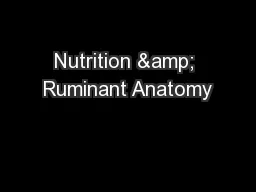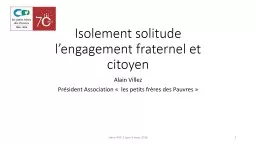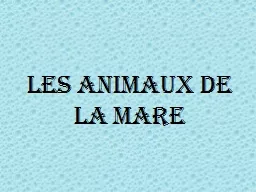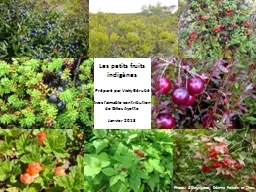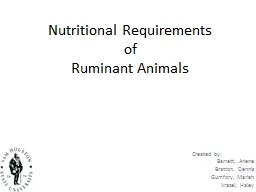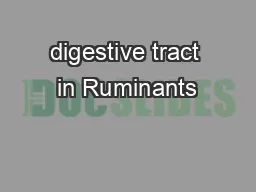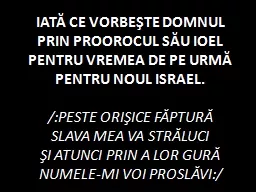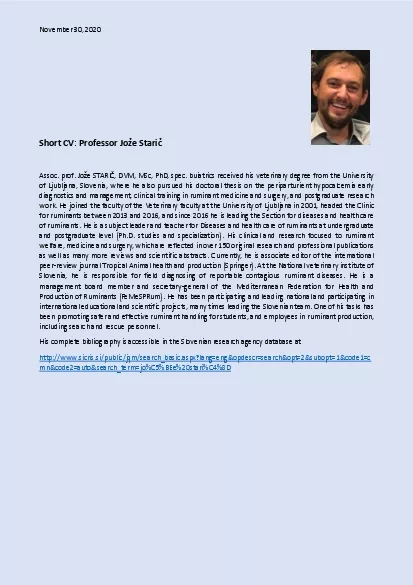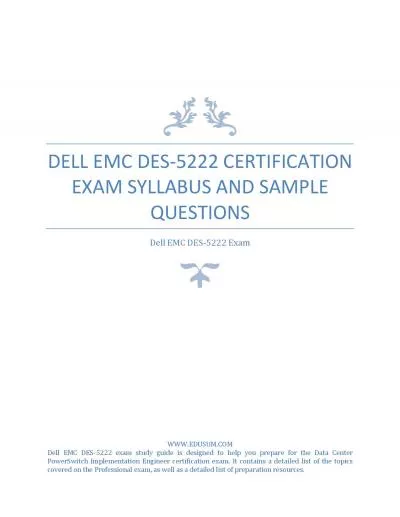PDF-Peste des Petits Ruminants (PPR)A challenge forsmall ruminant producti
Author : alexa-scheidler | Published Date : 2015-10-15
L PRODUCTION LT Legend15 heep and goat are one of the major livestock species kept and caved for many of the word146s poor Goats the 147cattle of the poor148 and
Presentation Embed Code
Download Presentation
Download Presentation The PPT/PDF document "Peste des Petits Ruminants (PPR)A challe..." is the property of its rightful owner. Permission is granted to download and print the materials on this website for personal, non-commercial use only, and to display it on your personal computer provided you do not modify the materials and that you retain all copyright notices contained in the materials. By downloading content from our website, you accept the terms of this agreement.
Peste des Petits Ruminants (PPR)A challenge forsmall ruminant producti: Transcript
Download Rules Of Document
"Peste des Petits Ruminants (PPR)A challenge forsmall ruminant producti"The content belongs to its owner. You may download and print it for personal use, without modification, and keep all copyright notices. By downloading, you agree to these terms.
Related Documents

